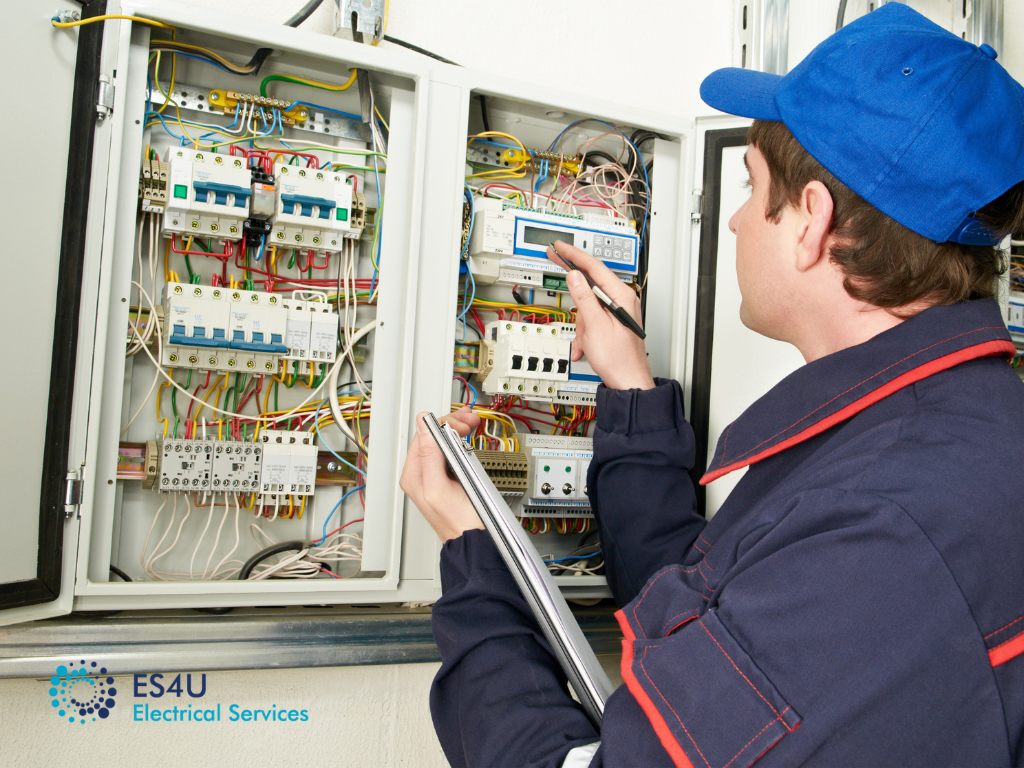
In the realm of industrial electrical service, electrical systems form the backbone of productivity and efficiency. The criticality of these systems cannot be overstated, as they power essential machinery, control systems, and safety devices. However, the complexity and high-power nature of industrial electrical systems also bring inherent risks. Electrical emergencies, if not addressed swiftly and effectively, can lead to significant operational disruptions, financial losses, and, most critically, risks to employee safety. Timely and effective response to electrical emergencies is therefore paramount in industrial environments, not only to maintain operational continuity but also to safeguard the well-being of personnel and property.
Identifying Industrial Electrical Emergencies

Common Types of Electrical Emergencies in Industrial Environments
Industrial electrical emergencies can vary widely but typically include scenarios like power outages, electrical fires, equipment malfunctions, short circuits, and electrical shock incidents. These emergencies can stem from various causes, including equipment failure, human error, or external factors like weather conditions. Identifying the nature of these emergencies is the first step in effective response and management.
Early Warning Signs of Potential Electrical Hazards
Recognizing early warning signs is crucial in preventing full-blown emergencies. These signs might include frequent circuit breaker trips, unusual noises from electrical panels, flickering lights, burning smells from wiring or equipment, and visible wear or damage to electrical components. Prompt attention to these indicators can prevent escalation into more serious issues.
Immediate Actions and Safety Protocols

Initial Steps to Take in an Electrical Emergency
When an electrical emergency occurs, the initial steps include cutting off power to the affected area, if safely possible, to minimize risk. It’s crucial to then alert facility management and evacuate the area if necessary. Emergency services should be contacted immediately in cases of fire or electrical shock.
Implementing Safety Protocols to Protect Personnel and Property
Implementing established safety protocols is vital in managing electrical emergencies. These protocols might include the use of safety equipment, adherence to evacuation procedures, and communication plans. Regular drills and clear signage can also enhance safety by ensuring staff know how to react in an emergency.
Training and Preparedness for Industrial Staff
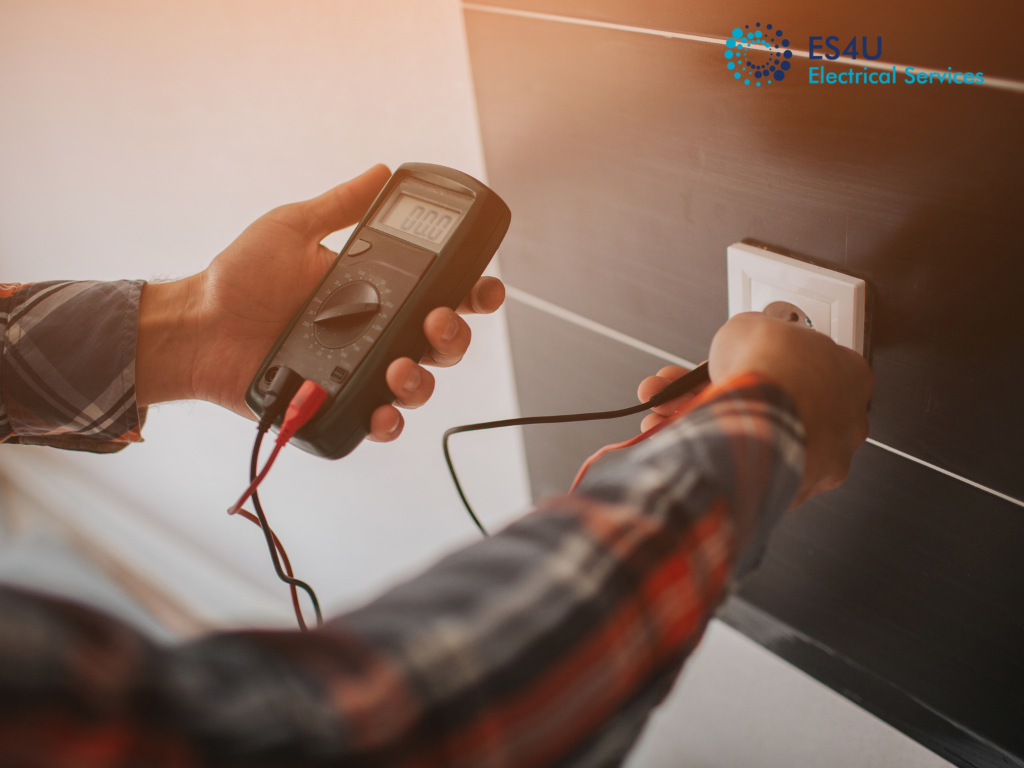
Importance of Electrical Safety Training for Industrial Employees
Electrical safety training for industrial staff is imperative. This training should cover the basics of electrical safety, emergency response procedures, and the correct use of safety equipment. Well-trained employees are better equipped to identify potential hazards and respond effectively in emergencies, thereby reducing the risk of injury and property damage.
Developing an Emergency Response Plan for Electrical Hazards
Developing a comprehensive emergency response plan tailored to electrical hazards is a critical aspect of industrial safety. This plan should include specific procedures for different types of electrical emergencies, contact information for emergency services, and protocols for evacuation and post-emergency assessment. Regular review and updating of this plan ensure its effectiveness in the face of evolving risks and industrial practices.
Role of Emergency Electrical Services
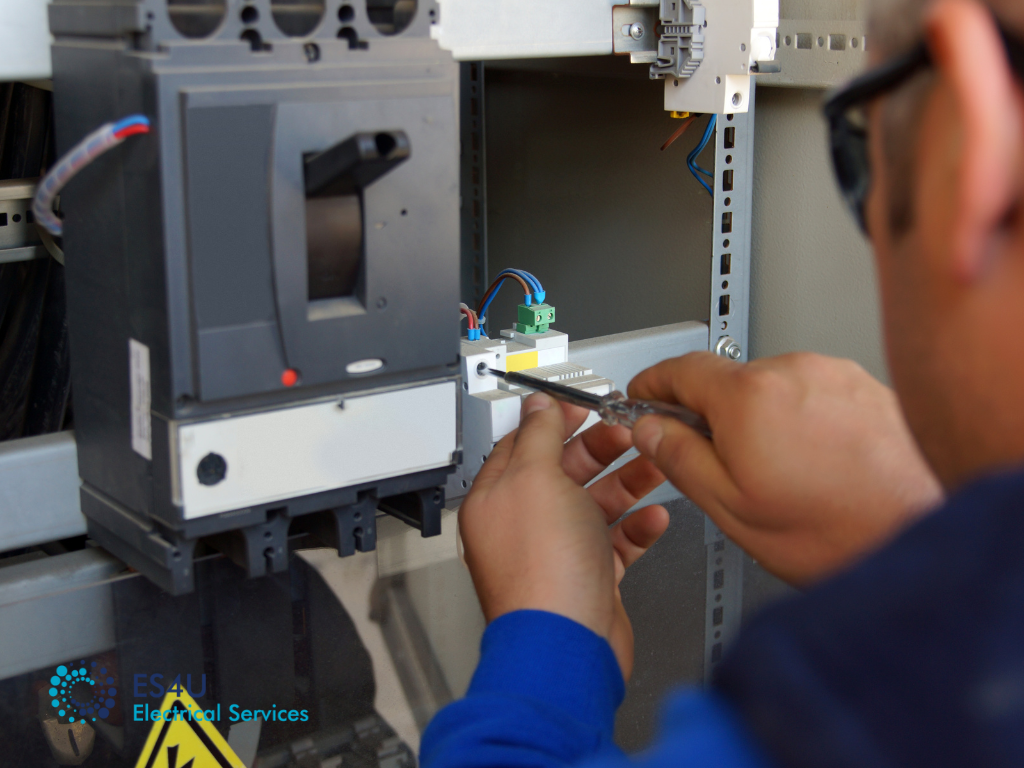
What Emergency Electrical Services Entail
Emergency electrical services are specialized interventions designed to address and resolve critical electrical issues in industrial settings. These services encompass a broad range of activities, from immediate response to electrical accidents, such as power outages or electrical fires, to repairing critical breakdowns in machinery or power systems. They prioritize rapid response to prevent downtime, minimize safety hazards, and restore normal operations as quickly as possible.
Capabilities and Readiness of Emergency Electrical Teams
Professional emergency electrical teams are equipped with specific skills and tools to handle industrial electrical crises. They are typically on standby for rapid deployment, ensuring minimal response time. These teams are skilled in risk assessment, emergency repairs, and can work under pressure to safely rectify electrical faults. Their readiness includes having the necessary equipment, understanding of industrial electrical systems, and adherence to safety protocols.
Resolving Electrical Emergencies
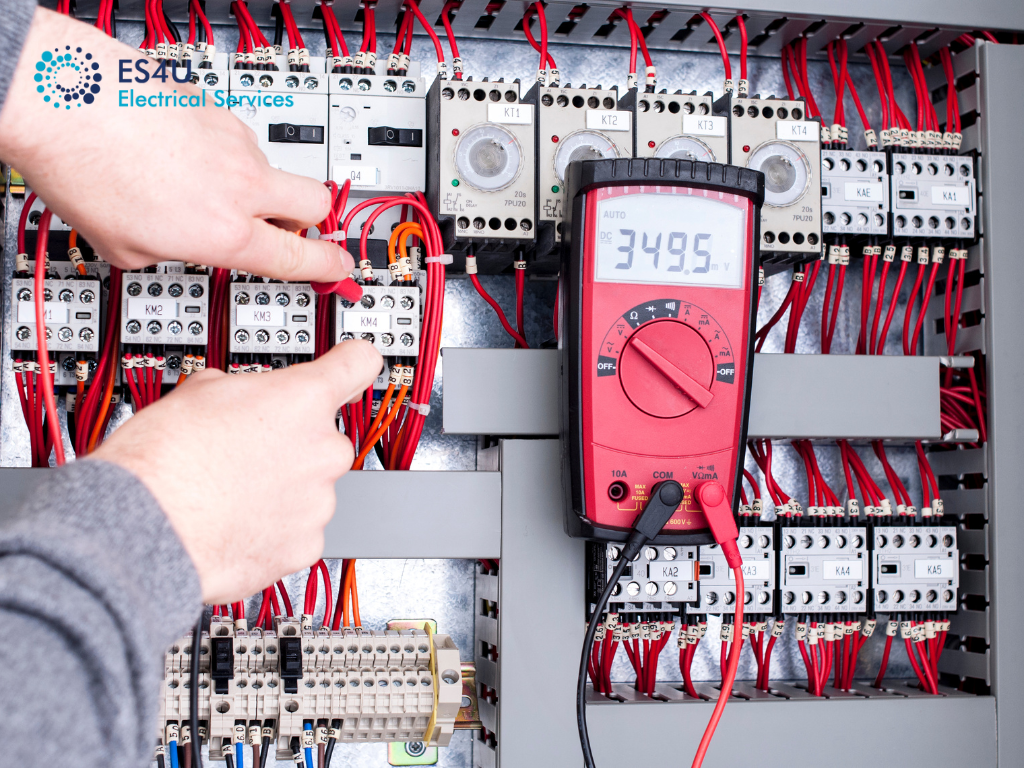
Techniques and Approaches for Troubleshooting and Repair
Resolving electrical emergencies in an industrial context requires a systematic approach to troubleshooting and repair. This involves identifying the root cause of the problem, which could range from faulty wiring to malfunctioning equipment. Techniques include using diagnostic tools to test electrical circuits, inspecting machinery for signs of electrical damage, and employing specialized knowledge to quickly identify and fix the issue.
Ensuring Rapid and Effective Resolution of Electrical Issues
The effectiveness of resolving electrical emergencies lies in the ability to combine rapid response with thorough and lasting repairs. Emergency electrical teams strive to provide solutions that not only fix the immediate problem but also ensure the long-term reliability of the electrical systems. This may involve replacing defective components, upgrading systems, or making recommendations for future preventive measures.
Post-Emergency Analysis and Prevention
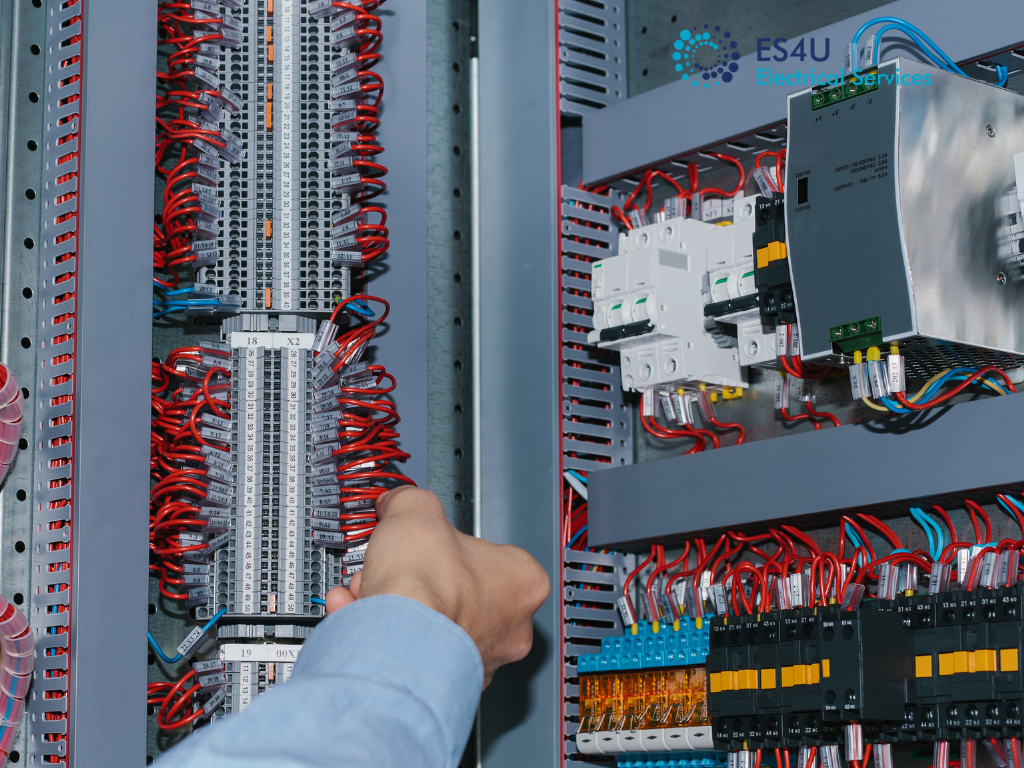
Assessing the Cause and Impact of the Emergency
After resolving an electrical emergency, a thorough analysis is crucial to understand its cause and impact. This assessment helps in identifying why the emergency occurred, the extent of damage caused, and any underlying issues with the electrical systems. Such analysis is essential for learning from the incident and for implementing corrective actions.
Strategies for Preventing Future Electrical Emergencies
Preventing future electrical emergencies is as crucial as responding to current ones. Strategies include regular maintenance of electrical systems, continuous monitoring for early warning signs, employee training in electrical safety, and upgrading outdated or faulty equipment. Additionally, implementing the lessons learned from past emergencies into future safety plans and preventive maintenance schedules can significantly reduce the likelihood of similar incidents.
The Importance of Regular Electrical Maintenance

How Regular Maintenance Can Avert Emergencies
Regular maintenance of industrial electrical systems is pivotal in preventing emergencies. Routine inspections and servicing can identify potential issues before they escalate into major problems. This proactive approach involves checking the integrity of wiring and connections, testing machinery for electrical efficiency, and ensuring all safety devices are functioning correctly. By addressing these issues early, businesses can significantly reduce the risk of sudden electrical failures that lead to emergencies.
Key Aspects of Preventative Electrical Maintenance in Industries
Preventative electrical maintenance in industrial settings includes several key aspects:
- Scheduled inspections and testing of electrical equipment.
- Thermal imaging to detect hot spots indicative of electrical faults.
- Regular cleaning of electrical components to prevent dust accumulation leading to shorts or overheating.
- Upgrading outdated electrical systems and components that pose a risk.
Technological Advancements in Emergency Electrical Response
Innovations in Industrial Electrical Safety and Emergency Response
The field of industrial electrical safety and emergency response has seen significant technological advancements. These include the development of more sophisticated diagnostic tools for early fault detection, automated systems that can shut down machinery at the first sign of a problem, and smart sensors that continuously monitor electrical systems for anomalies.
Leveraging Technology for Enhanced Emergency Preparedness
Leveraging technology in emergency preparedness involves integrating systems that enable quicker and more accurate responses to electrical emergencies. This might include the use of AI for predictive maintenance, IoT devices for real-time monitoring, and mobile apps that provide immediate alerts and guidance during emergencies.
Legal and Compliance Aspects in Industrial Electrical Services
Understanding Regulatory Compliance in Industrial Electrical Work
Navigating the regulatory landscape is crucial in industrial electrical work. This means understanding and adhering to standards set by bodies such as the Occupational Safety and Health Administration (OSHA) and the National Electrical Code (NEC). Compliance involves ensuring that all electrical installations and repairs meet these established safety standards.
Legal Implications and Standards in Emergency Electrical Services
Legal implications in emergency electrical services include the necessity of ensuring that all emergency response actions are compliant with national and local regulations. This includes maintaining proper documentation, using certified equipment, and ensuring that all personnel involved in emergency response are appropriately trained and certified.
Conclusion
Managing industrial electrical emergencies effectively requires a multifaceted approach. Regular maintenance and technological advancements play crucial roles in preventing and responding to emergencies. Additionally, understanding and adhering to legal and compliance standards is essential for ensuring safety and mitigating risks. By emphasizing preparedness, rapid response, and preventive measures, industries can maintain a high level of electrical safety and operational continuity.
